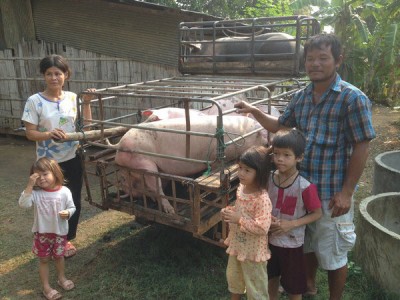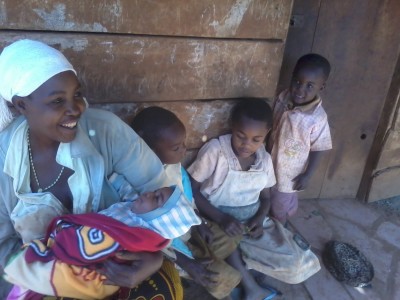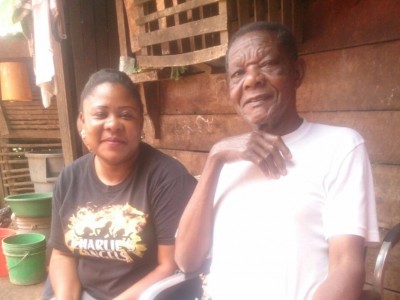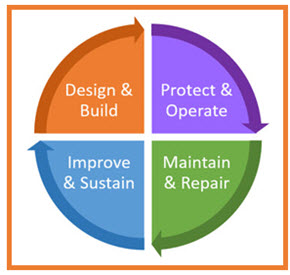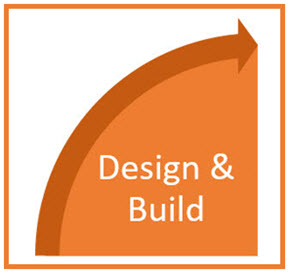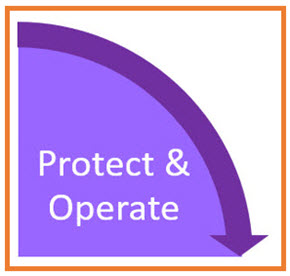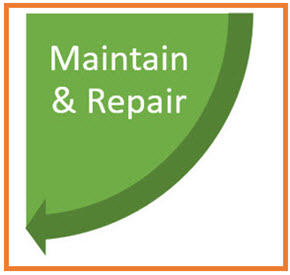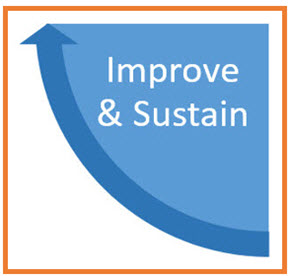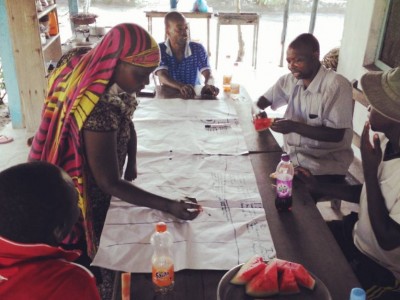
QUALITY balance of six processes, which together assist sustainable living, is represented by six avocado blossom petals:
MUTUAL RELATIONSHIPS – that are long term based on mutual trust and benefit. They are developed by a process of Relating to the other person and their situation with empathy, Respecting the person’s message, Reflecting about the message and Responding constructively.
MANAGED RISK – in a sustainable way means focusing on finding solutions to the underlying causes of risks and challenges. This is done with the problem solving process of finding possible Route cause(s), brain storming solution Options, Selecting the most sustainable solution, and Testing the selected solution.
GOOD GOVERNANCE – that is fair, has checked book-keeping, is regulated by the law, and transparent so there are no surprises. It is maintained by the two week order cycle for approved programs and projects. The repeating four step order process is agreeing Order’s deliverables, funding Wire, completing the Deliverables, Accepting proof of delivery and use of funds reconciliations.
COOPERATIVE TIMING – with our partners, who do the same with families, schools and communities, to understand root causes of people’s challenges, and gain buy-in and ownership for the proposed sustainable solution. This is achieved with the five acceptance approval process for Concept of the challenge and its solution, Rough order of Magnitude (ROM) of solution’s full life cycle cost, Design of solution, Bill of Materials budget, and implementation Timing.
SUSTAINING RESOURCES – by the families themselves throughout the life cycle of the solution, enabling them to move towards food, income, home and education self-sufficiency. The four stage Life Cycle budget process is for Design & Build, Protect & Operate, Maintain & Repair, and Improve & Sustain.
HOLISTIC DESIGN – combines People with Parts in a Process that achieves the Purpose of creating a sustainable solution that addresses the root cause of the challenge.
Cooperative Timing
A collaborative solution brings together feelings of ownership and goodwill that are fueled by sharing of knowledge. Solutions are collaboratively designed with our partners, families, schools and communities so that the root cause of the need is understood and addressed.
Sustaining Resources
A sustainable solution provides predictable, continuously improving value so that it can be sustained by families and communities throughout it’s life.
Holistic Design
A holistic solution brings together people, process and parts to create solutions that address the root causes of challenges to achieving self-sufficiency.

